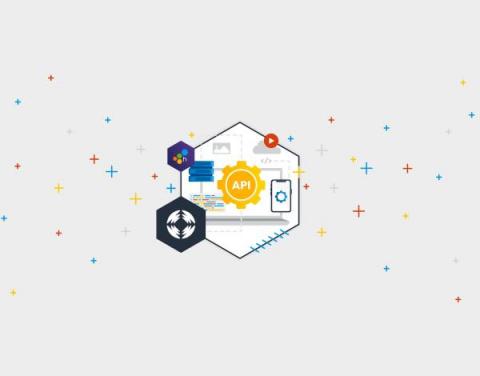The Future of Observability is Bright as Honeycomb Announces $50M in Series D Funding
TL;DR—This is a fundraising post! Yes, even in this economy. Here at Honeycomb, we've always focused more on the problems we help our customers solve rather than playing the meta game of posturing in startup-land—so these fundraising blog posts are usually the least fun to write (and read, probably). But this one is a little different.











